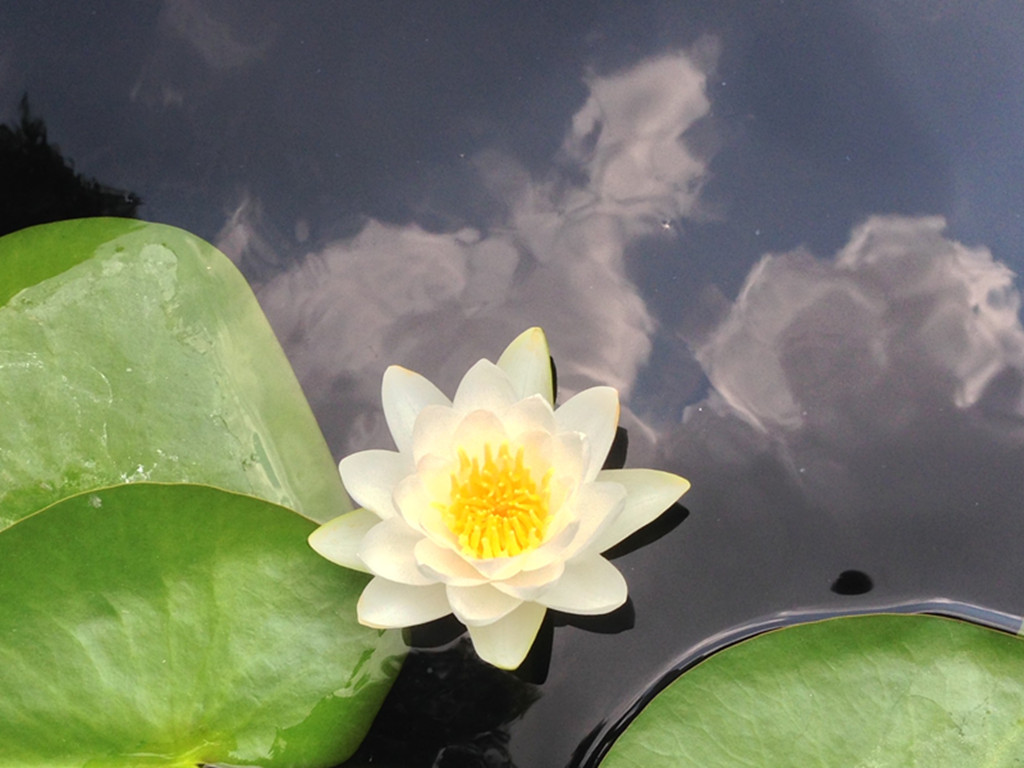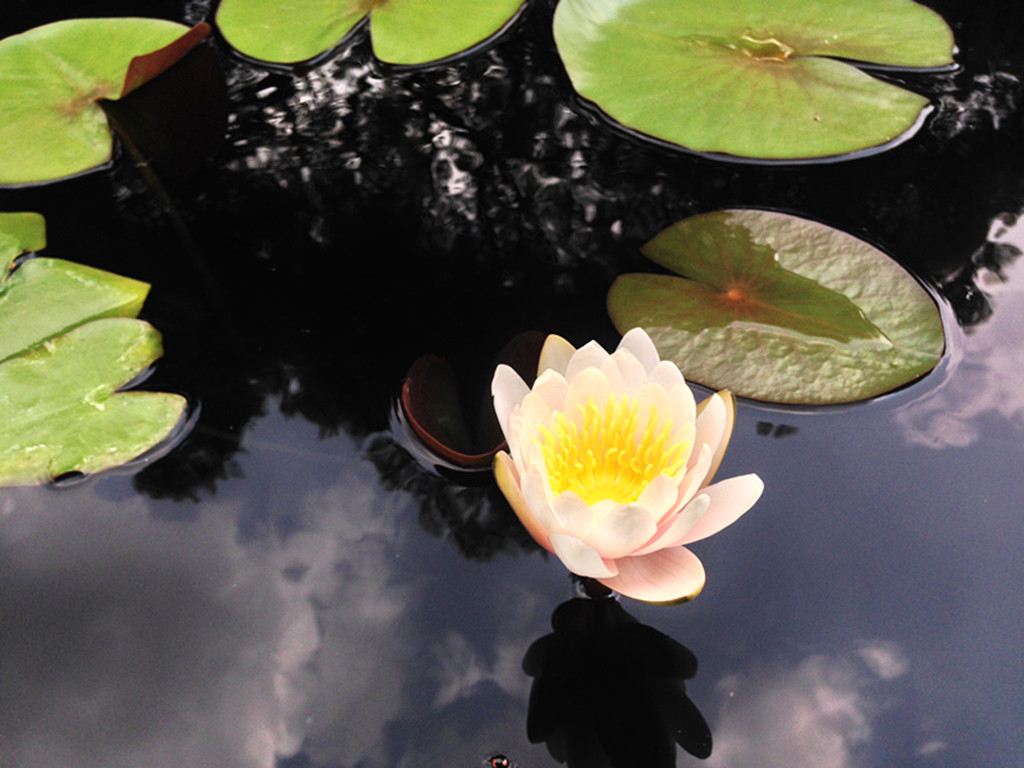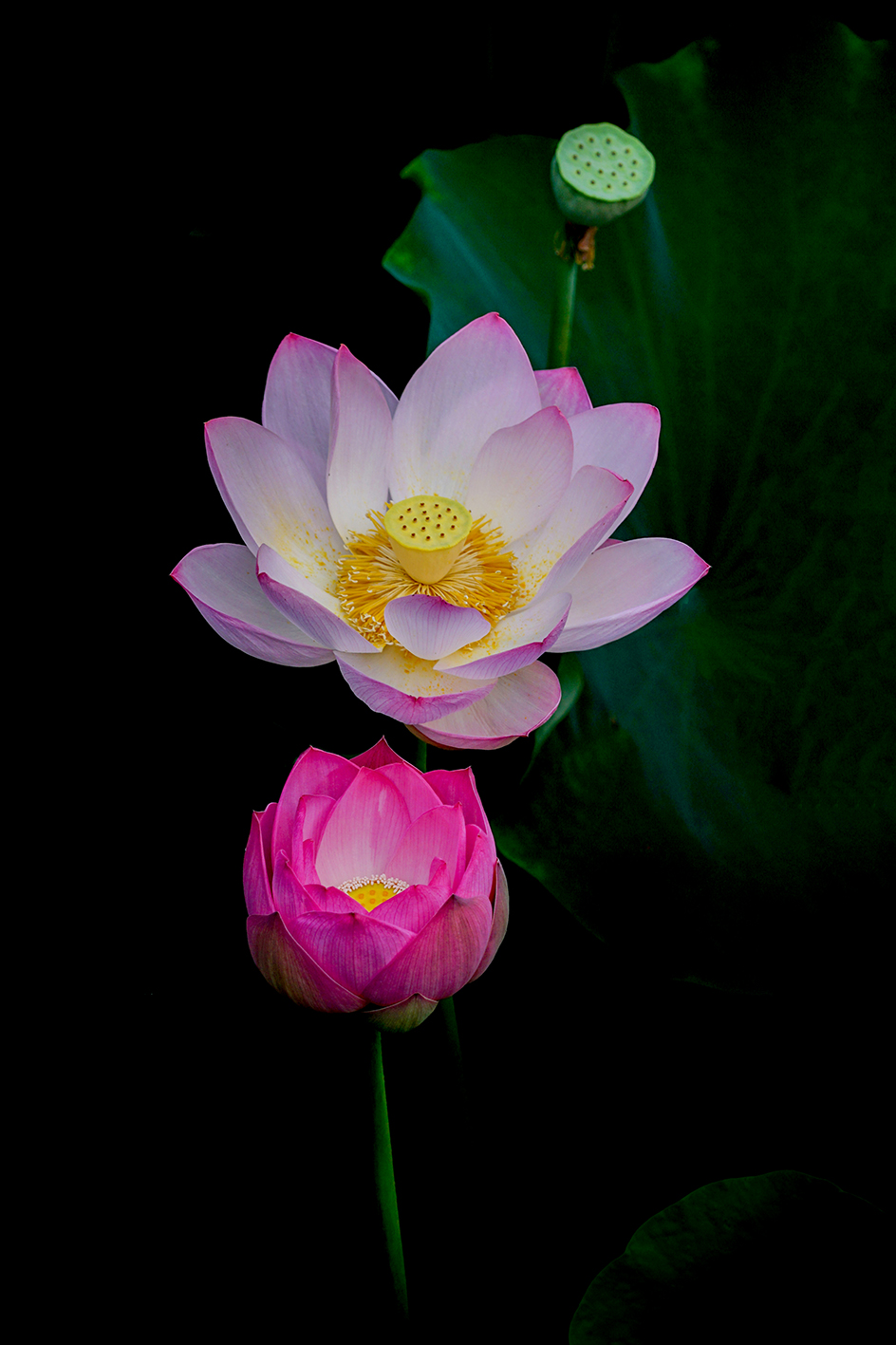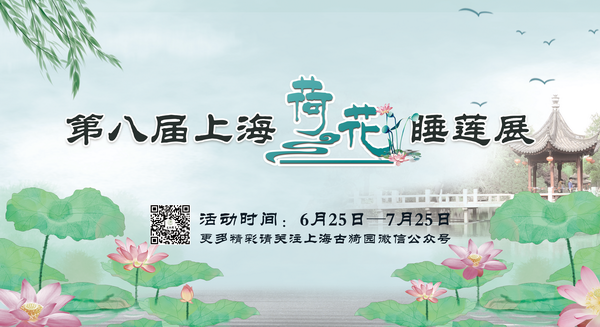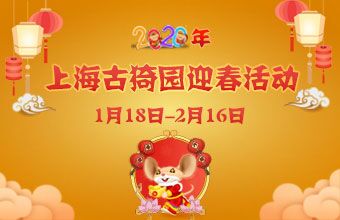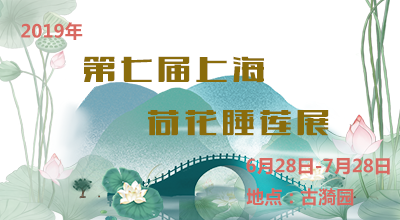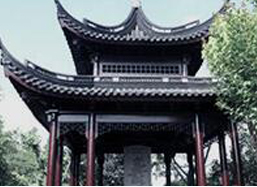
Guyi Garden, located at NanXiang town in Jiading district, belongs to the AAAA level group of national tourist attractions. It is also one of the oldest tourist attractions of Shanghai.
Guyi Garden was built by Ming Siji, an appointed officer in Henan province during the reign of Jiajing Emperor (1522-1566) in the Ming Dynasty. It was originally named “Yi garden”. The name was inspired by the poetic essays in two books called “Si Jing” and “Qin Fu”. “Yi” here means a beautiful sight of bamboo. The garden was designed by Zhu Sansong, a well-known bamboo-carving master living in the Ming Dynasty. It was originally only 0.67 hectare (about 1.6 acre) in size. The garden was transferred to an official called Li Yizhi, and then to the families of Lu and Li.
In the year 11 of Emperor Qianlong in the Qing Dynasty (A.D. 1746), the garden was sold to Ye Jing who lived among DongTing lakes. He rebuilt and renamed it “Guyi Garden”. Locals collected funds and bought the garden in order to donate it as a state Daoist temple in the year 53 of Emperor Qianlong (A.D. 1789). During the reign of Tongzhi Emperor and Guangxu Emperor, halls, corridors and a tea room were added to the garden. It became a place for worship and recreation.
After the founding of the People’s Republic of China, the garden was reconstructed and expanded several times. In 2009, the garden was rebuilt and enlarged to an area of about 6.67 hectare (about 16.57 acres). The garden was divided into four scenic sections. They are Yi Garden (old garden), Flower Fragrance Park, Crane in Stream Pond, and Moonlit Bamboo Park. With unique artistic conception and landscape, the garden presents an image of beauty, delicacy, elegance, and simplicity. Tang dynasty stone pillar, Song dynasty universalist tower, South Hall, Little Sound Attic represent precious relics and are a part of the history of the garden, attracting people to explore the ancient culture.

[Regulation]
Accordingtothe“ManagementRegulationsofShanghaiParks”,touristsshouldobeythefollowingregulations:
1.Keeptheworkingtimeofparks.Showyourticketsorrelevantcertificatewhenyouenteraticket-sellingpark.Childrenunder1.2morspiritualdiseasepatientsarenotallowedtoenteraparkalone.
2.Followthe“SevenDon’ts”andCivilMoralRegulations.Don’trelievethebowelsorurineeverywhere.Don’tscribbleorpostpapersordestroyfacilities.Don’tbebarebacked,liedownatwill,washandairclothesandcollectwastethings.Nobegging,climbing,swimmingorplayinginthewater.Don’tplayballsorflykiteswithoutpermission(Acertainfixedareaisexceptional).
3、Don’tplay,catchorterrifyanimalslikebirds,crickets,cicadas,fishesorshrimps.(Itemsofbusinessareexceptional).Don’tcarryanykindsofanimalswithoutpermission.Don’tdestroytreesorflowers.Don’tpickfruits,plantseedsorfishforwaterplant,etc.
4、Don’tcarryfirearmsandammunitions,inflammableandexplosivearticlesorotherdangerousarticlesintoapark.Playingfireworksorfirecracker,barbecueorcampingarenotpermitted(Acertainfixedareaisexceptional).
5、One’sactivitiesshouldnotaffectotherswhenvisiting.Anygroupmustobeythemanagementofthepark.Lecture,solicitcontributionandgatheringarenotpermittedwithoutpermission.Actionsasfeudalisticsuperstitionandgamblingwhicharenotpermittedbylawsorregulationsareforbiddenhere.Activitiesaspeddling,settingupastall,practicingmedicineordistributingtheadvertisingarenotpermitted.
6、Anykindsofvehiclesshouldnotentertheparkwithoutpermission(vehicleforthedisabledisexcluding),vehiclesshouldrideslowlyifpermittedinto.
[Service center]
Tourist Service Center provides the following services for you:
1、Emergency medicine, needles and sewing kit, shoe brush, newspapers, available for borrow, free of charge.
2、Other free items for borrow: umbrella, walking stick, wheelchair, Acoustiguide. The borrow has to be under the following condition:
(1)provide your effective identification such as personal ID card, your driver’s license, or senior citizen ID card, etc.)
(2)provide a deposit: 10 RMB for umbrella, 300 RMB for stroller, 500 RMB for wheelchair, 10 RMB for walking stick.
(3)the open time: 8:30—16:30. All deposit and your identification items will be return to you upon you return the borrowed items.。
3、Tour guiders
(1)Guider:30 RMB for less than 15 people in a group, 50 RMB for more than 15 people in a group(including 15 people).
(2)Contact phone:021-59127883
(3)Reminder:if you need a tour guider, please make an appointment one or two days in advance. You need to buy a tour guide ticket at the Ticket Window near the South Gate, and then wait in the Tourist Service Center.
4、Tourist Service Center open time: 8:30—16:30,phone:021-59124916。


[Architecture of Ming Dynasty]
Guyi Garden is a typical Jiangnan residential architecture, sophisticated, delicate, and lively. Its pavilions, platforms, and houses are ever-changing, either in terms of floor layouts or overall formats. The roof structures all use small tiles, the roof ridge hollows out, with arches and upturned eaves. The design and the patterns of doors and windows are simple but elegant, the carved motif and paint color are also of plain taste, typical Ming dynasty style, no elaborate.
[Green Bamboo]
Yi is a quotation from the oldest Chinese poem collection, “The Book of Songs”. The poem says: green bamboo yiyi, …yiyi describes the beautiful view of the growing bamboo bushes. Various selected bamboo species were planted full of the garden when it was built. And this bamboo theme has been the tradition of this garden. Now more than eighty different bamboo species grows in the garden, and boasts the number one in bamboo species collection in Shanghai.
[Tranquil Streams]
Since the beginning in the Ming dynasty, Guyi Garden has placed its layout center around the Teasing Goose Lake. This pond looks like a bright mirror, reflecting the pavilions such as Untied Boat and Floating Bamboo Shed. In the Qing Dynasty and after the founding of the PRC, the garden was repaired and expanded several times. Lots of work has been done to dredging the water, connecting up Teasing Goose Lake, Mandarin Duck Lake, Pond of Lotus and Lake of Turtle Mound. Bridges and pavilions are dotted around the waters, flowers and bushes grow lushly. Thess make the place comfortable and relaxing.
[ Path with Motifs]
The roads and grounds are part of the garden’s style. Roads are not only a path, but also a scene of arts. The pavements in Guyi Garden are diverse with various visual patterns, changing to the context of the garden environment, instructing the tourists wandering around.
[Couplet Scrolls and Poems]
In Chinese families, couplets scrolls are part of the cultural tradition, particularly in the residences of the literati, such as Guyi Garden. Most of the couplets are poem or part of a poem. Couplets are usually good piece of calligraphic masterpieces. There are also many inscribed horizontal tablets placed over the house. Usually these are the names of the house, such as “White Crane Pavilion”, or describe the feature of the architecture, such as “Moon Painting”, rendering that the moon light comes through the window motif frame and casts a hazy picture on the floor.

